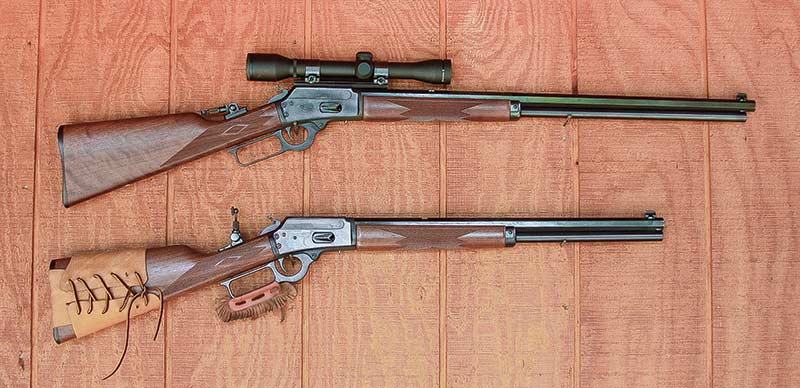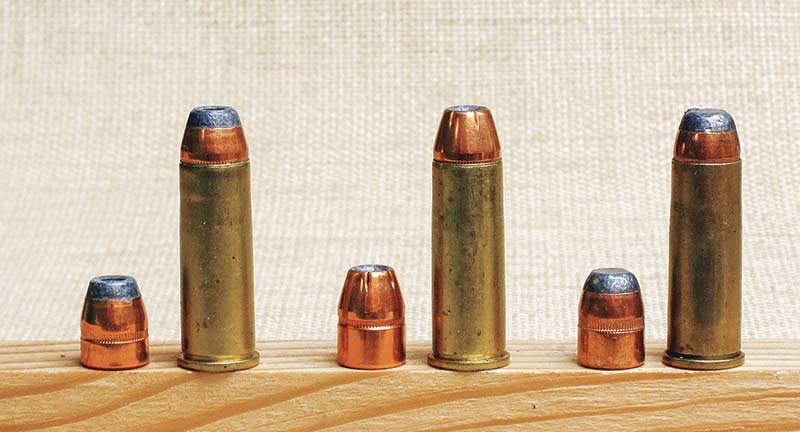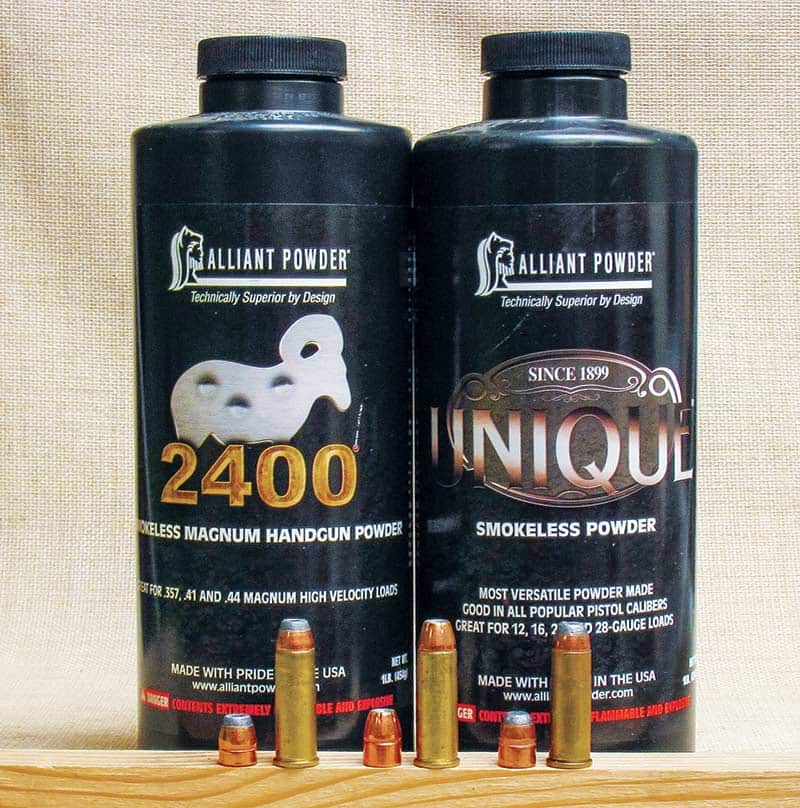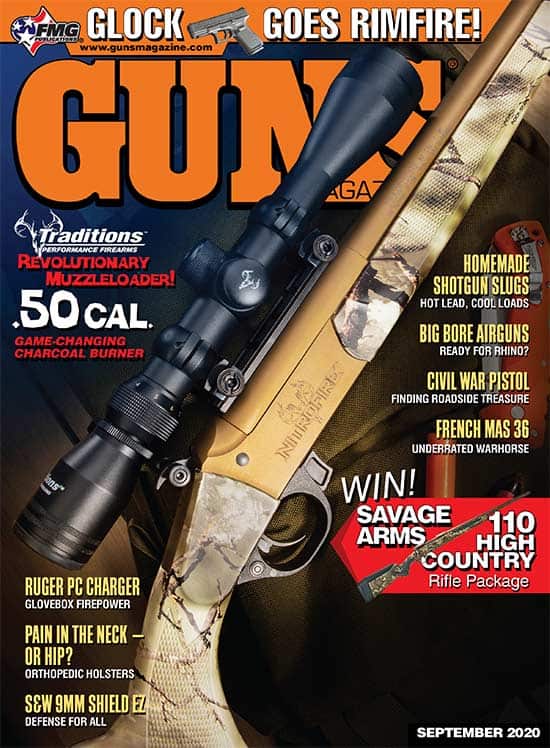Snags
A couple of “problems” surface when loading for the .44-40 but these problems can be minimized with experience. One of the problems is not cartridge so much as the leverguns and sixguns available over the previous 150 years — bullet diameter is all over the place. The early standard was a 0.426" bullet.
I have two Colt Single Actions, one a 2nd Generation Peacemaker Commemorative and the other a 3rd Generation Single Action. The first barely accepts 0.427" bullets while the other welcomes bullets with a 0.429" diameter and I have to keep both supplies carefully marked for use in each individual sixgun. This problem is not so pronounced in modern .44-40 leverguns and I have been able to use 0.429" to 0.430" .44 Magnum bullets with success in these.
Another fairly small problem is the fact .44-40 brass is tapered, basically being a .45 down to .44 which means a standard steel sizing die is used instead of a carbide version. This means cases must be lubricated before sizing but I spray lube all cases, no matter what type of sizing die I’m going to use. I also have had no problem loading .44-40s on a progressive press.







